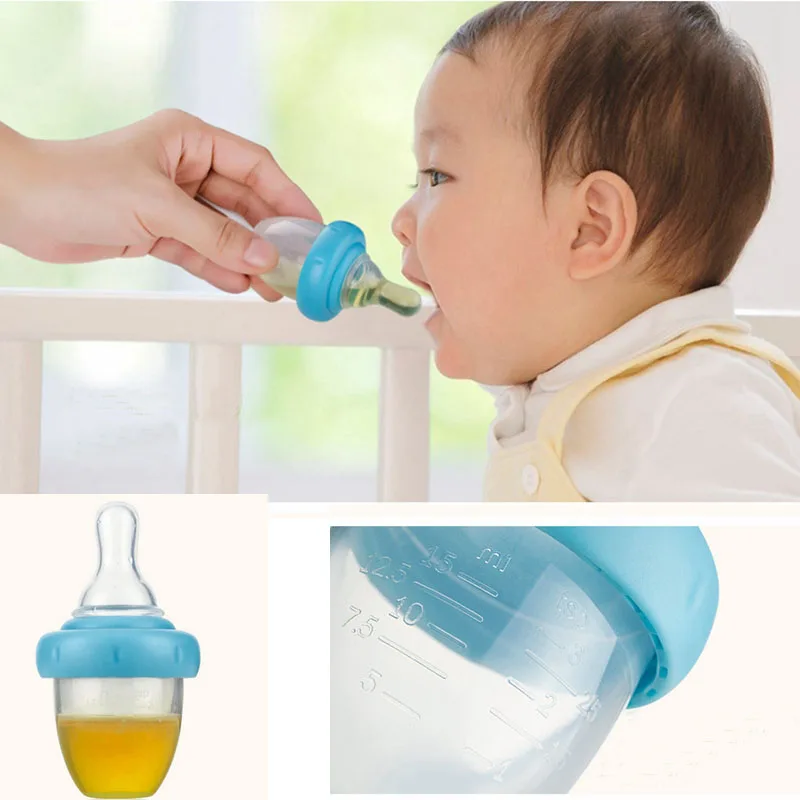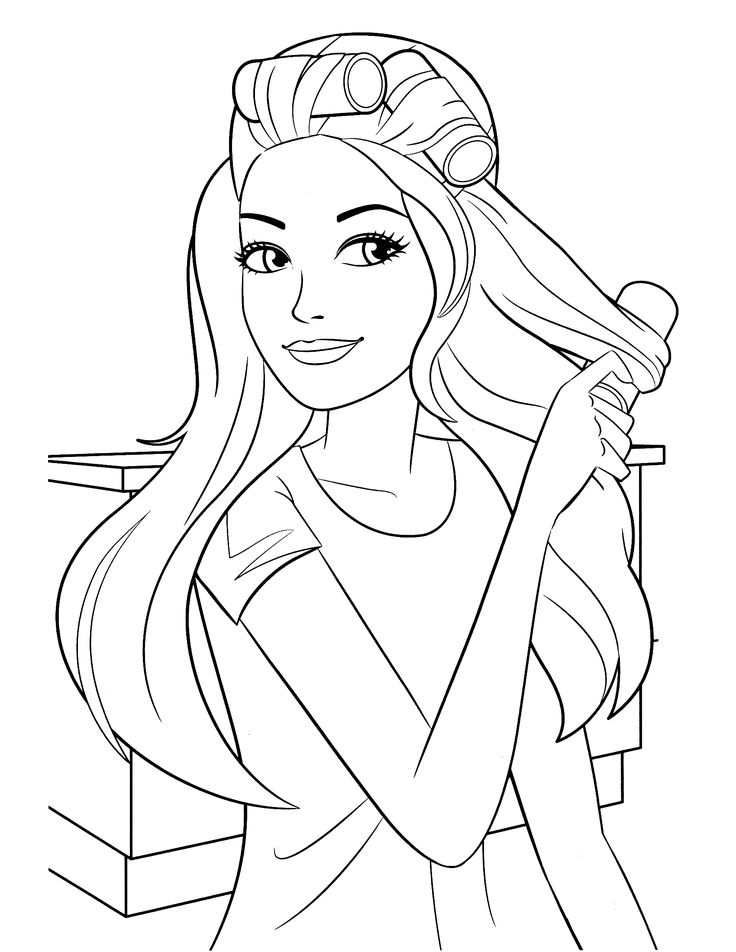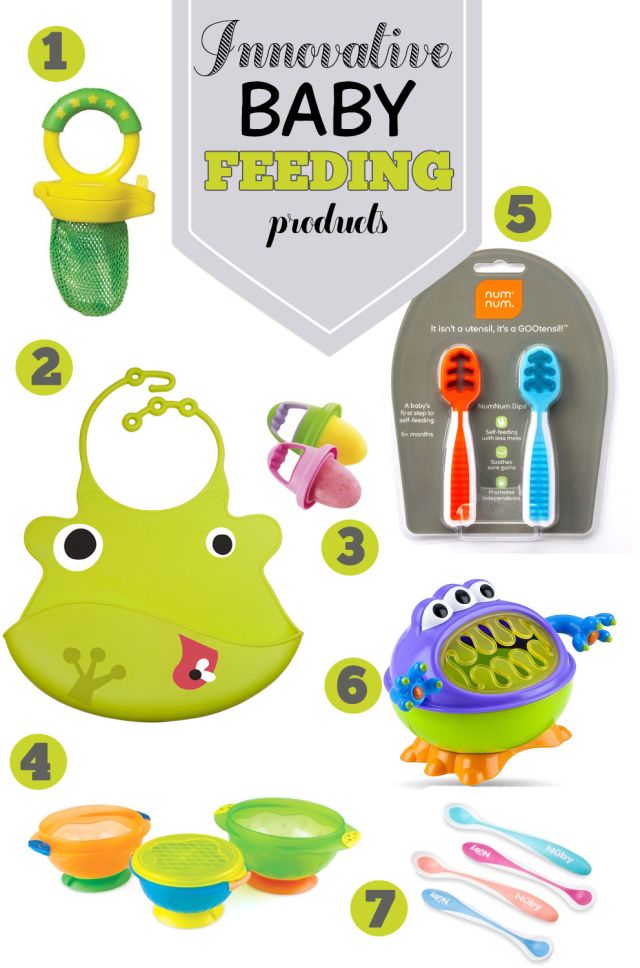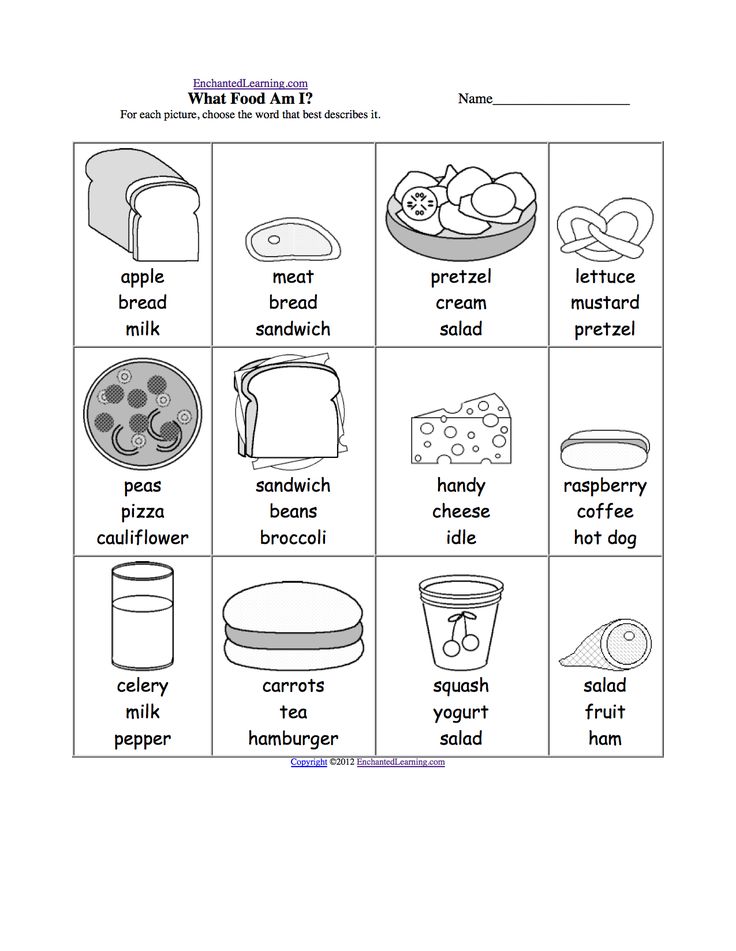Baby screaming during bottle feeding
Why Baby Squirms, Cries, or fuss while Bottle Feeding? (Bottle-feeding problems)
Sharing is caring!
0 shares
- Share
When a baby squirms, cries, or fuss while bottle feeding, you do everything you can to comfort them and get them to take a bottle. Read on if you want to find the solution to your baby’s bottle-feeding problems.
Breast milk or formula is the only nutrition for your baby in the first 6 months of their life. So, you make sure that they are drinking breast milk or formula from the bottle at each feeding session.
But when a baby squirms, cries, fuss, refuse a bottle, or fights a bottle despite being hungry, you try to figure out the reason for their behavior.
And sometimes, it is hard to find a reason why your baby squirms and cries while bottle-feeding or why she suddenly started refusing bottles when everything was okay the day before.
There are many reasons why a baby squirms, cries, fuss, or fight while bottle feeding. The most common reason includes – they might be having gas pain, reflux, loss of appetite due to illness, not hungry, tiredness, the problem with milk flow or nipple, growth spurt, or allergies to formula or breastmilk.
When a baby is squirming, crying, or fussing while bottle feeding, it is important to find out the root cause of the problem.
Paying attention to their behavior may give you some clues about their troubled bottle-feeding behavior. Once you know the reason, it will be easy to rectify the problem and return to normal bottle-feeding.
Disclosure: This post may contain affiliate links. As an affiliate and amazon associate, I earn commission on qualified purchases at no extra cost to you. Check our affiliate policy here.
Why does the Baby Squirms, Cries, or fuss while Bottle Feeding?Whether it is breastfeeding or bottle-feeding, it is never a smooth ride. When you think you got the solution to one feeding problem, a second problem arises.![]()
When a baby suddenly starts squirming, crying, or fussing while bottle feeding, there is something wrong with them. They are giving you signals by displaying this behavior while bottle feeding.
If you pay attention to their behavior, is there any particular time of the day they are fussy while bottle feeding?
Or is there anything they do while bottle-feeding that catches your attention? Some of the common bottle-feeding problems that baby shows are listed below.
If they show any of the following signs, you need to help your child return to their regular bottle-feeding routine.
Baby squirms while bottle-feeding
Baby squirms and kicks legs while bottle-feeding
Baby flailing arms and legs while bottle-feeding
The baby is crying halfway through a bottle
Baby making clicking sounds while bottle-feeding
Baby refuses bottle
Baby turns away from the bottle
Baby chokes while bottle-feeding
Baby bites on the nipple while bottle-feeding
Baby is not swallowing milk (baby dribbles milk)
Baby fights bottle but is still hungry
Baby Fussy during bottle-feeding breast milk
Baby cries while bottle feeding at night
If you see your baby displaying any of the above behavior while bottle feeding, you need to fix the problem.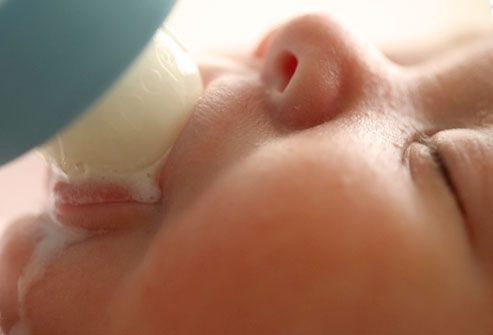
Once you know the reason for their bottle-feeding problem, it will be easy for you to come up with a solution.
Now let’s look at the reason for each of these problems and solutions to return to your regular bottle-feeding routine.
Baby squirms while bottle-feedingIf your baby squirms or moves too much while bottle feeding, there can be two possible reasons.
1.
DistractionsAs soon as babies start seeing and recognizing their surroundings, they start squirming or moving while bottle feeding. It could happen as early as 3-4 months.
When babies begin to discover their surroundings – light, sounds, or objects, they will squirm while bottle-feeding.
For example, if they see their siblings playing in the background while bottle-feeding, they will stop feeding and respond to the sound or noise they are making.
And as your baby grows a little older, they will squirm even more while bottle feeding because of their newly gained mobility.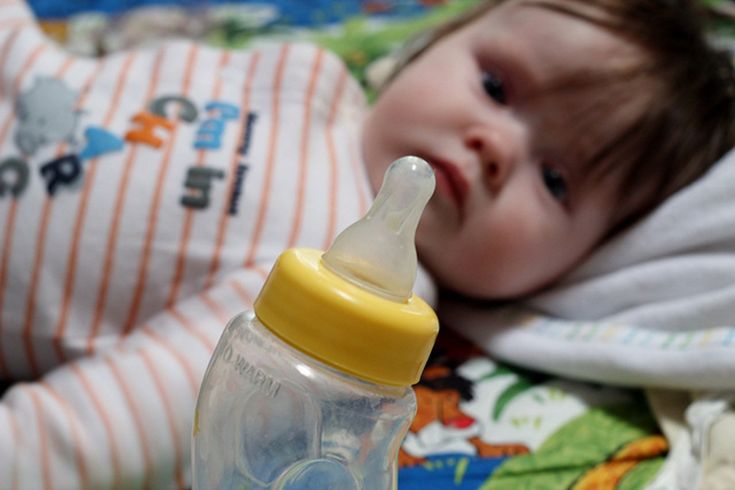
Solution
If your baby is moving so much or squirming while bottle feeding, you may want to feed them isolated.
Take them to a quiet room, dim the light, give them their favorite toy in their hand, and bottle-feed them.
2.
Silent RefluxAnother reason the baby squirms while bottle feeding could be silent reflux.
Reflux occurs when the content of the stomach backs up into the esophagus. A baby with normal reflux will spit up the formula, while a baby with silent reflux content stays in the esophagus.
Because the baby can’t spit up with silent reflex, they usually arch their back which may look like squirming while bottle-feeding or refuse to eat.
Silent reflux is hard to spot as no spit-up is involved, and people usually label silent reflux as colic symptoms.
Solution
If you suspect your baby has silent reflux, talk to your pediatrician. They will guide you next. Silent reflux is manageable with small changes like
Silent reflux is manageable with small changes like
- Smaller, more frequent feeding – to reduce the pressure on the stomach
- Slow flow nipple – to reduce the amount of air baby takes in while bottle feeding.
- Keeping baby upright while and after bottle-feeding – Hold baby in the upright position for 30 minutes after feeding to help reduce symptoms of reflux.
- Burping baby often while bottle-feeding
Related read: Why Baby’s Gas Smells like Rotten Egg or Sulfur?
Baby squirms and kicks legs while bottle-feedingWhen a baby squirms and kicks legs while bottle feeding, it is usually related to their tummy issues.
Too much gas can be painful for a baby. In an attempt to feel better, they squirm and kick their legs while and after bottle feeding.
If you see your baby squirming and kicking legs during and after feeding, they are likely suffering from gas pain.
Solution
Bottle-feed your baby in an upright position to reduce the amount of air they swallow while bottle feeding. Hold the bottle at an angle while feeding to avoid trapping air in a bottle.
Also, use slow flow nipples and burp your baby often while bottle feeding. Burp them every few mls to release the trapped gas from their tummy.
You can also regularly give them tummy massages if they seem to have consistent trouble.
Baby flailing arms and legs while bottle-feedingBabies are born with a startle reflex, which is present for the first 3-4 months of their life. When a baby is startled by loud noise or motion, they flail their arms and legs.
So, if you are feeding your baby in a surrounding with loud noise or significant motion, it may cause the baby to flail its arm and legs while bottle feeding.
But this behavior while bottle feeding is temporary and can be easily rectified by feeding the baby in a quiet, dark room.![]()
Sometimes, changing feeding positions or locations can help the baby stop flailing arms and kicking legs while bottle feeding.
Another possible reason could be tummy trouble. Tummy ache or pain can cause the baby to flail arms and kick legs while bottle feeding.
Gas is very painful for a baby, and when flailing arms and kicking legs are accompanied by screaming, it is usually a sign that the baby is gassy or has tummy trouble.
Also, flailing arms, kicking legs, and inconsolable crying at a particular time of the day (usually evening) can be a symptom of colic in a baby.
The colicky baby usually has high-pitched, inconsolable crying in the evening.
Solution
Tummy issue is a common problem for a baby that are bottle-fed. So, you want to take care of how you feed the bottle to your baby.
Learning how to paced-bottle feed your baby can help reduce the episode of tummy trouble or air trapping in the tummy while bottle feeding.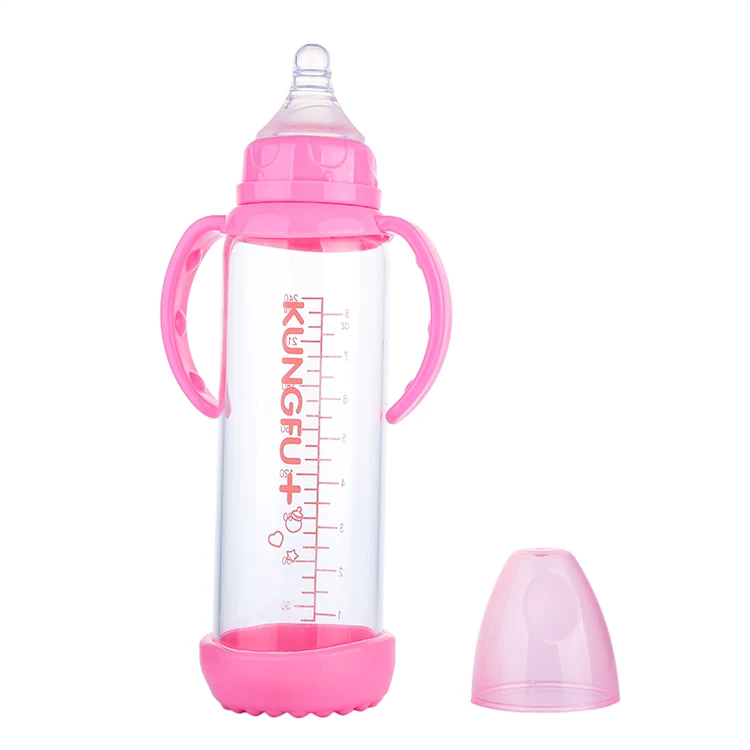
Always feed your baby in a partially upright position, take a break for burping a baby after every few MLS and give them regular tummy messages to relived trapped gas from the tummy.
If you think you have a colicky baby, speak to your pediatrician. They will guide you on lifestyle changes if needed.
To relieve colic symptoms in babies, feed them in smaller quantities, walk them in a baby carrier, give them supervised tummy time, use a pacifier, swaddle them to make them feel secure, and give them a warm bath.
The baby is crying halfway through a bottleWhen a baby is happily taking a bottle, but crying halfway through it, most probably they are not hungry anymore or need a break for burping.
Bottle-fed babies are more prone to swallowing air bubbles than breastfed babies.
So trapped gas in their tummy may make them uncomfortable halfway through the bottle and result in crying and refusing the bottle when they are still hungry.
Solution
Feed your baby in a slightly upright position rather than flat on their back to reduce the excessive air bubble trapping while feeding.
Try pace-bottled feeding your baby. Paced bottle feeding is a method of bottle feeding a baby to decrease the amount of air they swallow while bottle feeding.
Also, makes sure to burp them after every few mls while bottle feeding. Burping will remove trapped gas from the baby’s tummy and allow them to finish the rest of the bottle.
The baby refuses a bottle and criesBottle refusal is a very common problem among bottle-fed babies. You may experience this behavior multiple times during your baby’s bottle-feeding journey. Here is a sign of bottle refusal in a baby,
- Baby turning away from the bottle
- Baby not swallowing milk from the bottle
- Baby playing with bottle nipple rather than drinking from it
- Pushing the bottle ways
- Screaming when the bottle comes near
There are many reasons why a baby would refuse a bottle suddenly when drinking fine the day before.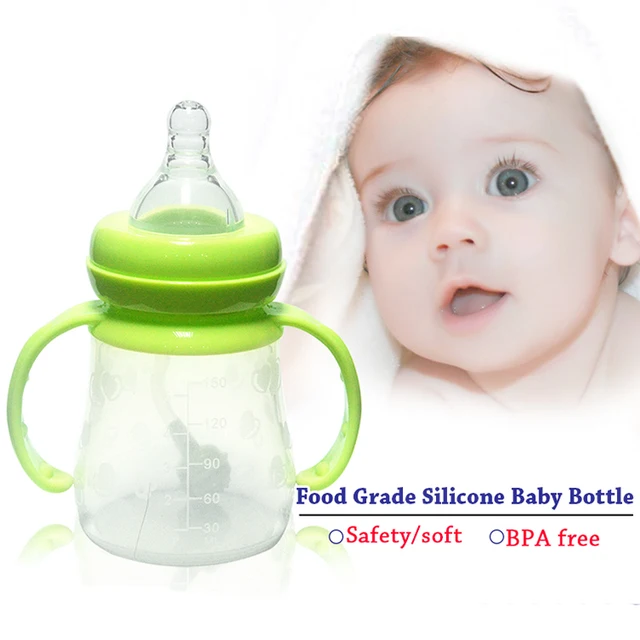 The most common reason for refusal includes
The most common reason for refusal includes
- Baby is overtired
- The baby is not hungry
- Baby is sick (cold, nasal congestion, teething)
- Transitioning from breastfeeding to bottle-feeding breast milk or formula temperature is not up to their liking
- Change in the taste of frozen breast milk
- Milk flowing too fast or too slow
- The baby does not like the bottle or the feel of the nipple
Any change in a baby’s bottle-feeding routine can also suddenly cause the baby to refuse the bottle.
Solution
An overtired baby or a longer period between feeds can make the baby cranky and fussy while bottle feeding.
So, do not make drastic changes to your baby’s schedule. If it’s time for them to nap, go to a quiet room and soothe them to sleep.
Do not wait for the baby to be super hungry before offering them the next feeding. Hungry babies are cranky babies. Feed them before they are in the Hungry phase.
Hungry babies are cranky babies. Feed them before they are in the Hungry phase.
The sick baby also loses their appetite. So if your baby has fever, cold, nasal congestion, or teething, do not force-feed them. Make them comfortable and then offer to feed them.
In the first few months, they catch cold and nasal congestion frequently. When they are congested, they won’t be able to breathe and bottle feed at the same time, hence the bottle refusal.
This simple solution is to put 2-3 drops of nasal saline in the baby’s nostril before each feed to unclog their nose. Then, they will take a bottle without fuss if they can breathe.
Transitioning from breastfeeding to bottle-feeding can cause the baby to refuse the bottle. Check out this article on how to transition from breastfeeding a baby to bottle-feeding for tips and tricks.
Another common reason for bottle refusal is a change in temperature and taste of breast milk or formula you give them.
If someone else has recently started making a bottle for them, then make sure you know your baby’s liking.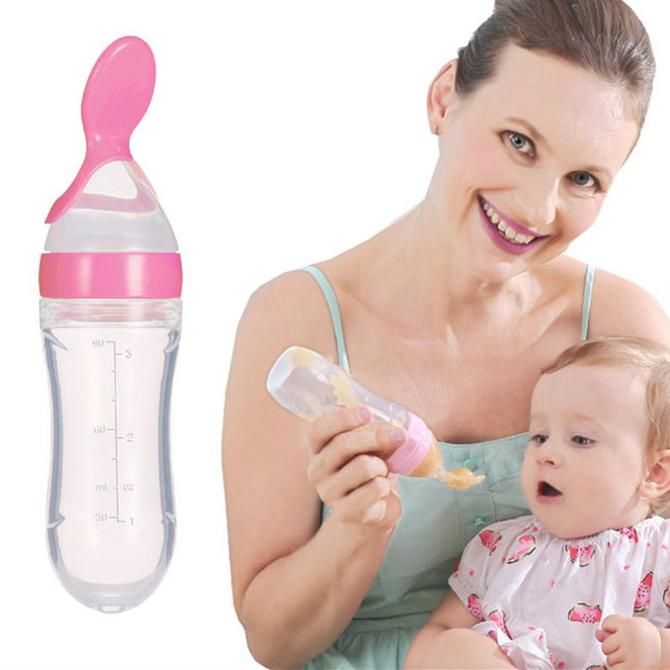
Any temperature change (too hot or too cold) can cause the baby to refuse the bottle.
Also, make sure to do a smell and taste test of defrosted breast milk before giving it to your baby.
As higher lipase content of frozen breast milk may change the taste and smell of breast milk significantly.
Baby chokes while bottle-feedingBaby choking while bottle-feeding is often due to the positioning and size of the nipple.
Baby flat lying on their back may lead to a faster flow of the milk that the baby can’t handle, resulting in choking.
If you see your baby dribbling milk from the side of their mouth, it is likely that their mouth is full of milk they can’t handle.
A nipple with wide holes can also contribute to how much milk the baby gets when sucking while bottle feeding.
You want to start with a slow-flow nipple, and once they are a little older and can handle the flow of the milk, change the nipple size.![]()
Overflow of the milk in the baby’s mouth can also cause them to break suction while bottle-feeding resulting in gagging and choking.
Solution
Bottle feeding baby in a partially upright position with holding the bottle at the level of the nipple will help control the milk flow.
Paced bottle feeding method allows the baby to control the milk flow. Paced bottle feeding, check out this ARTICLE.
The baby is not swallowing milk.Baby not swallowing milk is another classic bottle-feeding problem. If your baby is not swallowing milk from the bottle, you want to check the flow of the nipple before taking any other action.
If the nipple opening is small or blocked and the baby cannot suck the milk from the nipple, they have nothing to swallow in the first place.
A newborn usually starts with a slow flow nipple. If your baby is not getting enough milk in their mouth while sucking, they may get frustrated and refuse the bottle.
In this case, change the size of the nipple and see if the problem still persists.
If you find that nipple size is okay and the baby is getting enough milk in their mouth while sucking (evident by the baby dribbling milk from the side of their mouth) but still not swallowing milk, then you have a problem.
You also want to keep an eye on their behavior. For example, is it halfway through the bottle feeding? Or only at certain times of the day they are not swallowing milk.
If they are not swallowing milk halfway through the bottle, it could mean that they are not hungry anymore, or they are just being playful, or they are learning how to dribble milk from the side of their mouth (it’s fun for them).
In addition, the baby may not swallow milk if they are just being fed solid food and they are not hungry anymore.
Solution
If the baby is not getting enough milk in their mouth, then change the size of the nipple.
But if you find that they are just not swallowing milk even though their mouth is full of milk, it could mean they are not hungry anymore.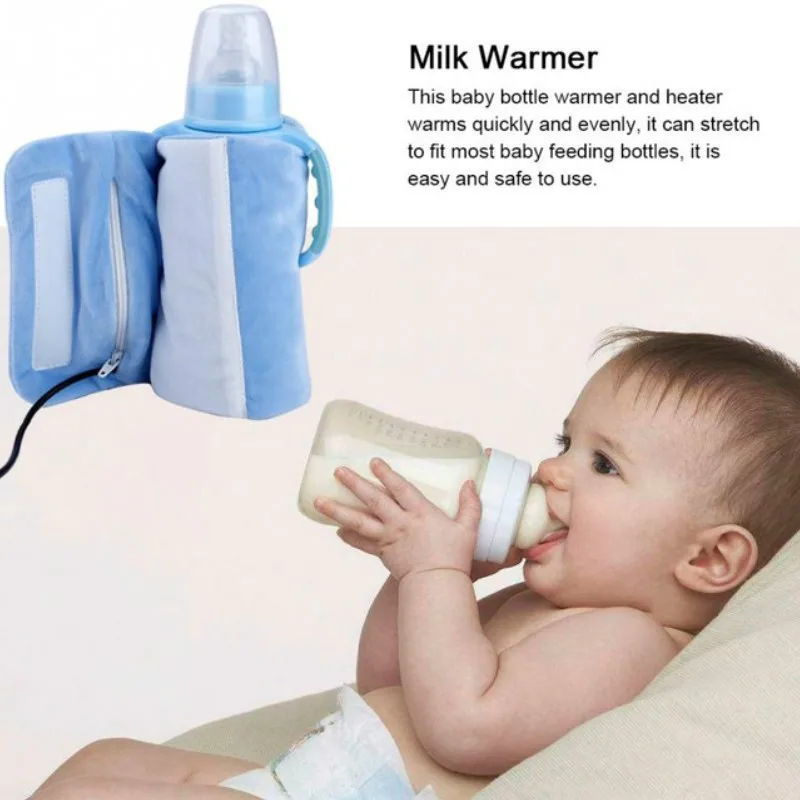
So adjust your feeding schedule if you have introduced solids to your baby.
Baby fights bottle but hungryIs your baby pushing the bottle away but still hungry?
There are many reasons why a baby is fighting or pushing the bottle away but is still hungry. All the reason listed above in the baby refuses bottle section can apply here.
Baby can refuse a bottle due to nipple problems, milk too hot or cold, change in the milk’s taste, change in baby’s feeding routine, transitioning from breastfeeding to bottle-feeding, sickness, and more.
Once you rule out all the common reasons why a baby fights a bottle when still hungry and nothing works, it is possible that the baby might have reflux.
A baby fighting a bottle or pushing the bottle away when still hungry is one of the signs of a baby with reflux.
If the baby has normal reflux, you will also see the baby excessively spitting milk after feeding and gagging while feeding.![]()
Solution
If you have tried everything mentioned above and nothing works in getting the baby to stop fighting the bottle when still hungry, you may need to speak to your pediatrician to rule out the possibility of reflux.
To relieve the symptom of reflux, feed your baby in an upright position, give them smaller feeding at a time, and hold them upright for 30 minutes after feeding.
My baby was a reflux baby. He would fight the bottle and kick his legs while feeding. He was also excessively spitting after each feed, even when he was held upright for 30 minutes after each feed.
Then upon our pediatrician’s recommendation, we started giving him probiotics which help reduce the occurrence of spit-ups.
Fortunately for my baby, it was not uncomfortable; he would feed, spit-up, and then go back to what he was doing for the first 4 months.
So, it was more of a laundry problem than anything else. He got better and stopped spitting as soon as he turned 5-month-old.
If your baby is fussy during bottle-feeding breast milk, there are several reasons behind this behavior.
- Breast milk is not at the right temperature for the baby’s liking
- Change in the taste of breast milk
- Spoiled breast milk
- Allergies to milk protein
- Problem with the flow of the milk
As mentioned earlier, a slight deviation from a baby’s liking can make them fussy while bottle-feeding breast milk.
Check all the possibilities of frozen breast milk – smell and taste test, correct temperature to baby’s liking, change the way you make a bottle for your baby, change the bottle and nipple.
If you have accidentally offered your baby expired breast milk, they may fuss while bottle feeding.
Excess lipase in stored breast milk may change the taste and smell of breast milk. And if you think this is the case, you may want to try giving your baby freshly expressed breast milk to see whether they are drinking from the bottle or not.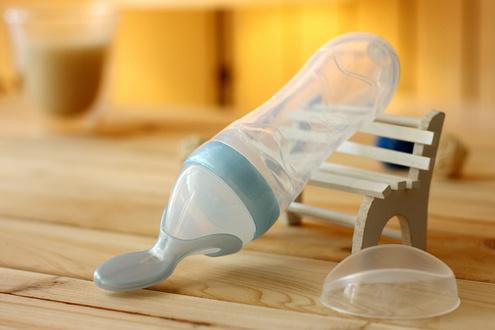
Your frozen breast milk is a problem if they drink from the bottle.
To reduce the odor of frozen breast milk, you can mix freshly expressed refrigerated breast milk with defrosted cold breast milk.
If you have ruled out any other possibility and the baby is still fussy during bottle-feeding breast milk, the last possibility is allergies to cow milk protein.
Speak to your doctor about the milk protein allergies and your baby’s symptoms, and they will be able to rule out the solution if that is the case.
Baby cries while bottle feeding at night.Baby crying while bottle feeding at night is mainly associated with tiredness. If they are not sleeping well during the day or night, they will not feed well.
An overtired baby will fall asleep without finishing their bottle. And when they are hungry, they will wake up often and demand to feed.
Another possibility is wet nappies. But if your baby still cries while bottle feeding at night after a diaper change, they are probably overtired.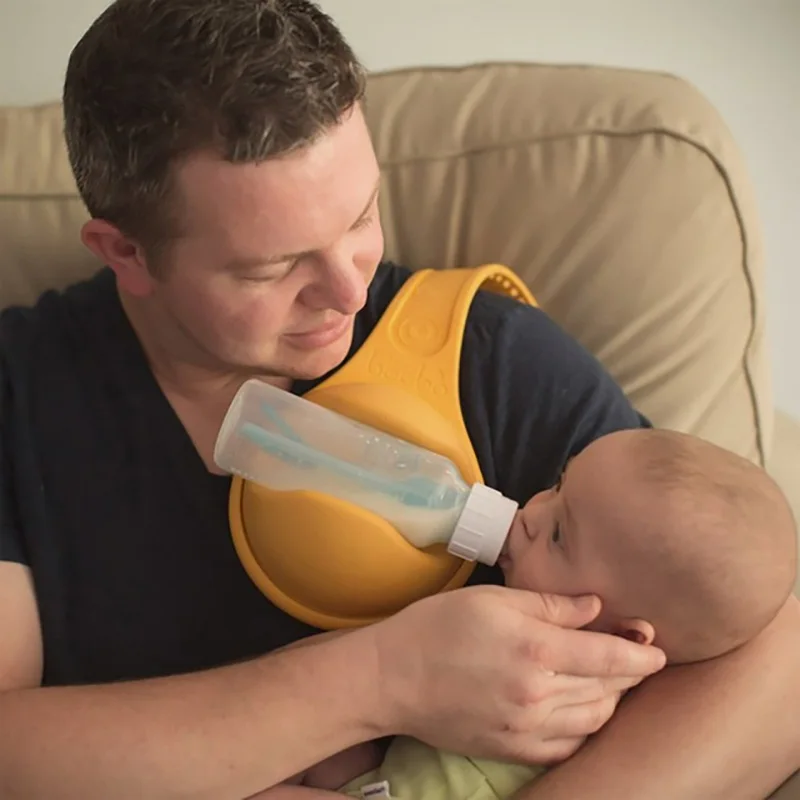
You also want to ensure that they are dressed appropriately for the room’s temperature. They will fuss while bottle feeding if they are too hot or too cold.
Solution
Make sure that baby gets enough nap times during the day and sleeps on time at night. In addition, you also want to make sure that you feed your baby before they get overtired.
If your baby still cries while bottle feeding at night, you may want to dream feed them.
In dream feeding, you feed your baby before they are fully awake. For example, if a baby’s nighttime wake time for feeding is 2 am, you want to give them a bottle at 1:45 am in their sleep.
Then, in their sleep, they may be able to drink from the bottle without fussing.
What do you do when a baby cries or fuss while bottle feeding?When a baby cries out of fuss while bottle feeding, you need to stop feeding them right away, do not force-feed them if they are fussing while feeding.
First, try to calm them down and then find out why they cry or fuss while bottle feeding.
Go through every scenario listed above and find the reason for their problem. For example, they might be in pain or not get milk from the nipple.
Once you find out the reason, you will be able to come up with a solution.
How do you bottle feed when the baby squirms, cries, or fuss?An underlying issue is when the baby is squirming, crying, and fussing while bottle feeding. Sometimes, these issues are easy to fix.
However, before you jump to any conclusion or take drastic measures of changing your formula or diet (if breastfeeding breast milk in a bottle), take this minor step.
The majority of bottle-feeding problems are associated with tummy trouble in the baby.
So here are general tips for feeding a bottle to a baby when they are fussy.
- Feed them in a quiet room without any distractions. Dim the light and bond with your baby when bottle feeding.
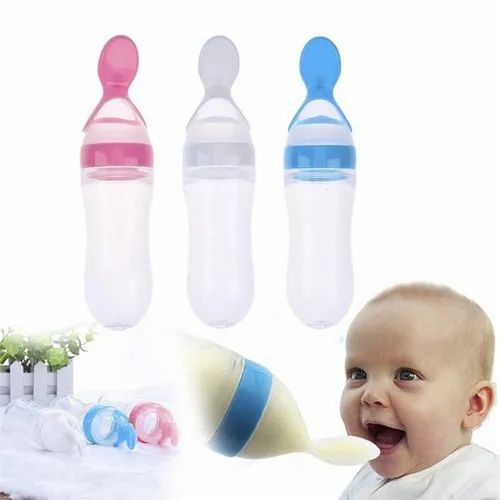
- Check their nappy before you start feeding your baby. It could be as easy as changing a diaper to make them stop fussing while bottle feeding.
- Paced bottle feed your baby. It will help reduce the amount of air the baby is swallowing while bottle feeding.
- Check the bottle nipple for proper flow. Use age-appropriate nipple size to avoid too slow or too fast milk flow while bottle feeding.
- Keep your bottle-making routine consistent if more than one person is involved in caring for a baby.
- Give baby formula or breast milk at a temperature of their liking (37°C).
- Feed your baby before they are over-hungry or overtired.
- If the baby refuses the bottle midway, do not force-feed them. Try to assess the situation. Look for a pointer – baby dribbling milk, baby gulping milk, baby squirming and kicking legs, or baby-making clicking sound. Then find a solution accordingly.
When a baby squirms, cries, or fuss while bottle feeding, it may seem complicated to find a solution as there are so many variables.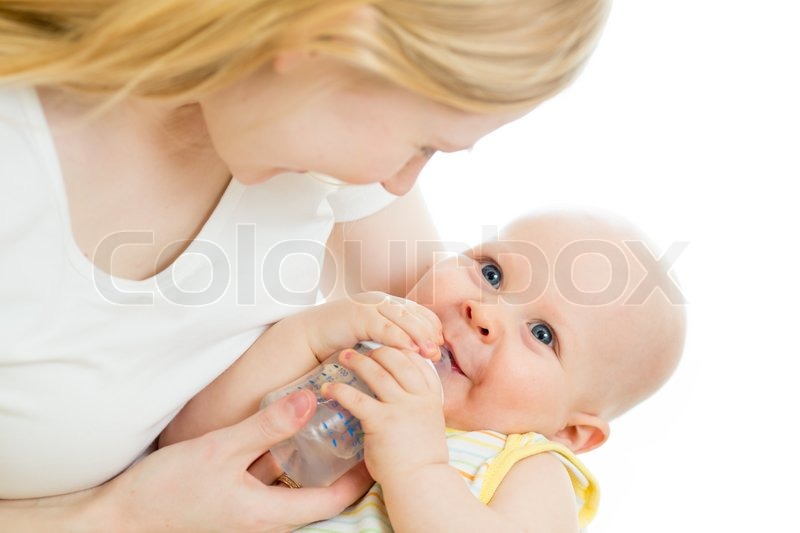
But if you pay attention to their behavior while bottle feeding, you may be able to come up with a solution.
I hope this article gave you some reasons and solutions for your baby’s bottle-feeding problem.
Let us know in a comment below if you know any tricks to a bottle-feeding fussy baby.
If you find this article helpful, consider sharing it.
Bottle Feeding Problems - Why Your Baby Squirms, Appears Uncomfortable – Baby Care Advice
When your baby squirms, appears uncomfortable during a feed, fusses, cries or refuses a bottle, seemingly fights the bottle despite being hungry, it can be challenge to figure out the cause. The timing and type of behavior she exhibits provides vital clues. This article discusses potential reasons for troubled feeding behavior.
Signs of bottle-feeding problemsDoes your baby display troubled behavior in relation to bottle-feeding, such as….
- Refuses a bottle
- Turning away from the bottle.

- Refusing to close her mouth around the nipple.
- Holding nipple in the mouth but not sucking.
- Taking only a small amount and then refusing more.
- Screaming when placed into a feeding position or at the sight of the bottle.
- Milk pouring out of baby's mouth.
- Feeding too quickly.
- Feeding too slowly.
- Falling asleep before the feed is completed.
- Coughing and spluttering when feeding.
- Not consuming as much milk as expected.
- Wanting more milk than expected.
- Throwing up large amounts of milk.
Then there may be steps you can take to remedy the situation and get your baby to calmly and happily take a bottle.
Behavioral reasons‘Behavioral’ means baby’s behavior is in response to the circumstances rather than a physical cause. Behavioral reasons are the most common of all reasons for infant feeding problems. There are numerous behavioral reasons for a baby to experience feeding problems and/or display problematic feeding behavior. Common reasons include:
Common reasons include:
1. Misinterpreting baby's cues as signs of hunger Does baby at times refuse feeds?Does she take only a little and not want more?
Babies are in an oral stage of develop. Sucking is the primary way babies soothe. They also learn by sucking and mouthing objects. Many babies have a strong desire to suck for reasons that extend beyond hunger, such as tiredness, boredom, discomfort and soothing. There may be times when you mistake your baby’s desire to suck for these reasons as hunger.
Newborn babies have an active sucking reflex. This means a newborn baby may accept a feed even when she’s not hungry, and she might guzzle down the bottle because she cannot choose to not suck when her sucking reflex is triggered. Once her sucking reflex has disappeared (usually by 3 months of age) she will willingly take only the amount she wants to take.
If you have mistakenly interpret her fussing or desire to such as hunger and offer her a feed, she might take a little and refuse the rest, or she refuse from the start. If you try to make her drink more than she wants, she will understandably get upset and fuss, cry and pull back from the bottle.
If you try to make her drink more than she wants, she will understandably get upset and fuss, cry and pull back from the bottle.
- See Hungry baby for more reasons why babies often appear
- See Infant reflexes
In around one third of consultations I have had with parents regarding an infant feeding problem, I found that parents were trying to make their baby drink more than he or she needed. In some cases, this was because of errors made their health professionals. They either failed to adjust calculations as baby matured or failed to consider baby as an individual. As a result, overestimated baby’s milk requirements.
If you think your baby is not drinking enough milk (breast milk or infant formula) you’re naturally going to feel concerned. If your concern translates into trying to pressure her to drink more than she wants or needs (gently or otherwise), you’re going to upset her. So it is very important for your peace of mind and your baby’s enjoyment at feeding times that you have realistic expectations about how much she needs.
If your concern translates into trying to pressure her to drink more than she wants or needs (gently or otherwise), you’re going to upset her. So it is very important for your peace of mind and your baby’s enjoyment at feeding times that you have realistic expectations about how much she needs.
- See How much milk does baby need for standard estimations for age and weight, and reason why a baby might take more or less than recommended.
- Follow your baby's feeding cues. Don't try to make her take more when she indicates she has had enough.
Sleeping and feeding are closely related when it comes to the needs of babies. Both are equally important to a baby's health, growth and development and feelings of wellbeing. You are no doubt aware that if your baby does not feed well she might not sleep well.![]() But are you aware that the opposite is equally true. If she’s not getting enough sleep this has the potential to negatively impact on her feeding.
But are you aware that the opposite is equally true. If she’s not getting enough sleep this has the potential to negatively impact on her feeding.
Physical fatigue can cause baby to fuss during feeds or falling asleep before the feed is completed. If you have a hungry/tired baby on your hands, tiredness will usually win out.
WHAT TO DO- Ensure baby gets enough sleep.
- Feed her before she becomes too tired.
- Aim to establish a flexible feeding and sleep routine to minimize the risk of feeding and sleep times clashing.
If your baby is often irritable and not sleeping enough, (see Overtired baby for signs and symptoms) you might find that resolving any underlying sleeping problem will cause feeding difficulties to spontaneously resolve once she receives adequate sleep.
- See our sleep section.
- Download or order a paperback copy of my infant sleep book Your Sleepless Baby: The Rescue Guide. There you will find comprehensive information on the reasons and solutions to various infant sleeping problems.

Babies over the age of 4 months can easily become distracted while feeding. They are often much more interested in the activities going on around them than they are in feeding.
WHAT TO DOFeed your baby in a quiet environment away from noise and distractions of other children.
5. Feeding managementSome feeding problems can be related to what may appear like insignificant details but which can make feeding difficult or uncomfortable for a baby. For example, how you hold your baby will affect her ability to feed from a bottle. If her head is too far forward or too far back or her neck is twisted this can make it difficult for her to suck or swallow.
WHAT TO DOSee How to bottle-fed a baby
6.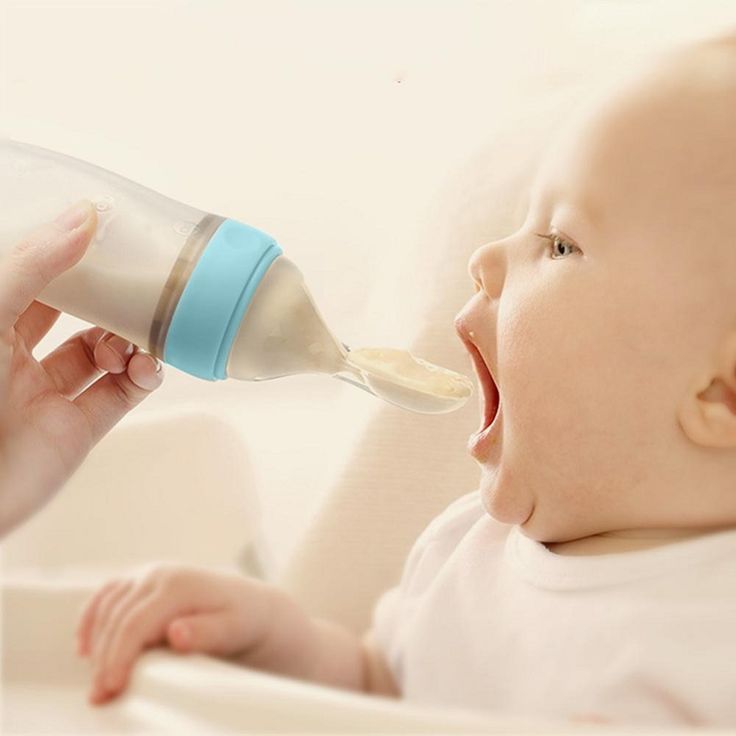 Feeding aversionDoes your baby refuse to feed even when hungry?Does she scream at the sight of a bottle or when placed into a feeding position?Have you resorted to trying to feed her while asleep?
Feeding aversionDoes your baby refuse to feed even when hungry?Does she scream at the sight of a bottle or when placed into a feeding position?Have you resorted to trying to feed her while asleep?A baby can develop an aversion to feeding when past feeding experiences have taught her that feeding is unpleasant, stressful or painful. Typically, baby is diagnosed with reflux and/or milk protein allergy or intolerance to explain her aversive feeding behavior. However, a behavioral feeding aversion (related to feeding management rather than a physical cause) is a far more common cause of infant feeding aversion.
A feeding aversion is the most complex of all infant feeding problems. An effective solution relies heavily on accurate identification of the cause.
WHAT TO DOSee Feeding aversion for more information. Or purchase or download a copy of 'Your Baby's Bottle-Feeding Aversion: Reasons and Solutions'.
It could be the nipple is too long, too short, too fast or too slow.
The most important piece of feeding equipment is the nipple. The nipple needs to be the right size and speed for your baby's size, age and sucking ability. If the nipple is too long, too short, too fast or too slow for your baby, she may experience feeding difficulties and express her frustration by fuss or crying.
WHAT TO DO- See Feeding equipment for more information on choosing a feeding nipple.
- Experiment with nipples of different lengths, shapes and speed.
It's possible her feeding difficulties could be due to the nipple ring being screwed on too tight.![]()
In order to maintain a neutral balance in air pressure within the bottle air needs to be able to enter the bottle to replace the void left by the milk the baby is removing. If the bottle is vented, this is achieved via the venting system. However, in the case of a non-vented bottle, the only ways air can enter the bottle are between the nipple ring and the rim of the bottle and through the holes at the end of the nipple. While sucking, a baby will maintain a seal over the holes at the end of the nipple with her tongue and prevent air entry in this way. If the nipple ring is screwed down tightly this also prevents air entry.
If air is prevented from entering the bottle, this causes a negative pressure to build in the bottle. As the pressure builds, baby need to work harder and harder to extract further milk, until such time and the air pressure is returned to normal. The effort required to suck against the negative pressure can cause a newborn baby to tire and fall asleep before completing the feed. An older baby may simply give up or express her frustration.
An older baby may simply give up or express her frustration.
The nipple collapsing (not all will) or stopping to burp baby allows air to enter through the holes and neutralize the pressure. But you don’t want to wait for this to resolve the problem. By then baby is already tiring or getting frustrated. See ‘Collapsing nipple’ for ways to manage this problem.
9. Feeding patternsIs your baby often take only small amounts, refuse more, but then wants to feed again an hour or two later?Some babies develop a grazing or snacking feeding pattern where they will only drink small amounts of formula at a time and then want to be feed frequently, possibly every hour or two. Although this will not cause any problems for a baby, provided she drinks enough formula in total over a 24 hour period, it can become very tiring for parents to keep up with her constant demands for feeding.
WHAT TO DO- Try to encourage your baby to take as much milk as possible within 45 minutes.
 But don't try to make her feed if she doesn't want to. Stop sooner if she does not want to continue.
But don't try to make her feed if she doesn't want to. Stop sooner if she does not want to continue. - Ensure baby gets plenty of sleep.
- Avoid allowing baby to fall asleep while feeding.
- Support your baby to extend the time between feeds, by offering a little water, a pacifier, a nap, playing with her, or taking her for a walk. Aim to encourage her to wait at least 3 hours from time you started her previous feed, but only if it's reasonable to do so without distressing her. If necessary extend the time between feeds gradually. As your baby gets used to going longer periods between feeds she will gradually take larger amounts at each feed.
Unless your baby was born prematurely or is very small for her age, developmentally she no longer requires feeding during the night beyond the age 6 months. If nighttime feeding continues past this age its not going to harm her but it could have a negative effect on her appetite and feeding patterns during the day.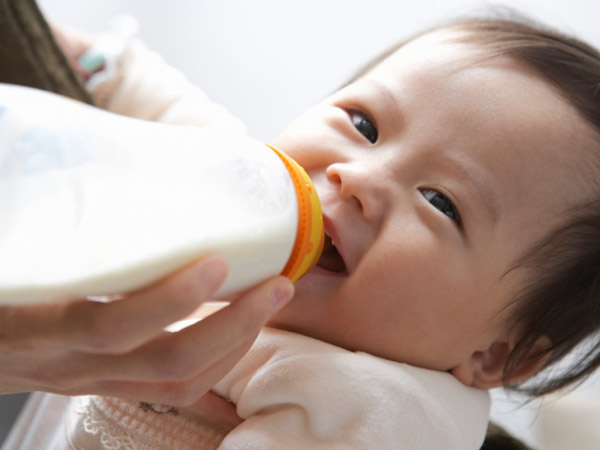
Your baby only needs a certain number of calories in her day (24 hours) to provide for her growth and energy needs. If after the age of 6 months she continues to receive calories from nighttime feeds this will dampen her appetite during the day and she will not need to drink as much formula during daytime feeds. You might find she is content to go for long periods of time between feeds (which is usually what would happen at night). She might fuss or refuse some of her daytime bottles when they are offered simply because she's not hungry at the time. Or she might graze during the day.
Nighttime feeding will cause your baby no harm, so if you're happy to continue feeding her during the night there's no reason to change a thing. However, it is important that you don't expect her to consume as much milk during the day as she may have otherwise taken if she did not feed at night.
Many babies will give up night time feedings on their own accord, but others will continue to wake and demand feeds overnight for months and possibly years while parents continue to provide feeds at night. Usually the reason babies continues to demand night feeds beyond the age of 6 months is because they have learned to rely on feeding as a way to fall asleep, or because their internal body clock gets turned around - where the baby has decreased appetite during the day because of the continued night feeds and as a consequence of small feeds during the day the baby wakes hungry during the night. Body clock problems can easily become a cyclical pattern that will continue over the long term unless parents take steps to change the situation. Healthy, thriving babies who continue to demand feedings at night beyond the age of 6 months often require guidance and support from parents to cease feeding at night and turn their body clock around to a normal day-night feeding pattern.
Usually the reason babies continues to demand night feeds beyond the age of 6 months is because they have learned to rely on feeding as a way to fall asleep, or because their internal body clock gets turned around - where the baby has decreased appetite during the day because of the continued night feeds and as a consequence of small feeds during the day the baby wakes hungry during the night. Body clock problems can easily become a cyclical pattern that will continue over the long term unless parents take steps to change the situation. Healthy, thriving babies who continue to demand feedings at night beyond the age of 6 months often require guidance and support from parents to cease feeding at night and turn their body clock around to a normal day-night feeding pattern.
Aim to cease overnight feeds after 6 months of age. However, before attempting to do this it's important to address any feeding to sleep issues your baby might have. She would need to learn to fall asleep in a different way before you will be able to successfully encourage her to cease night feeds.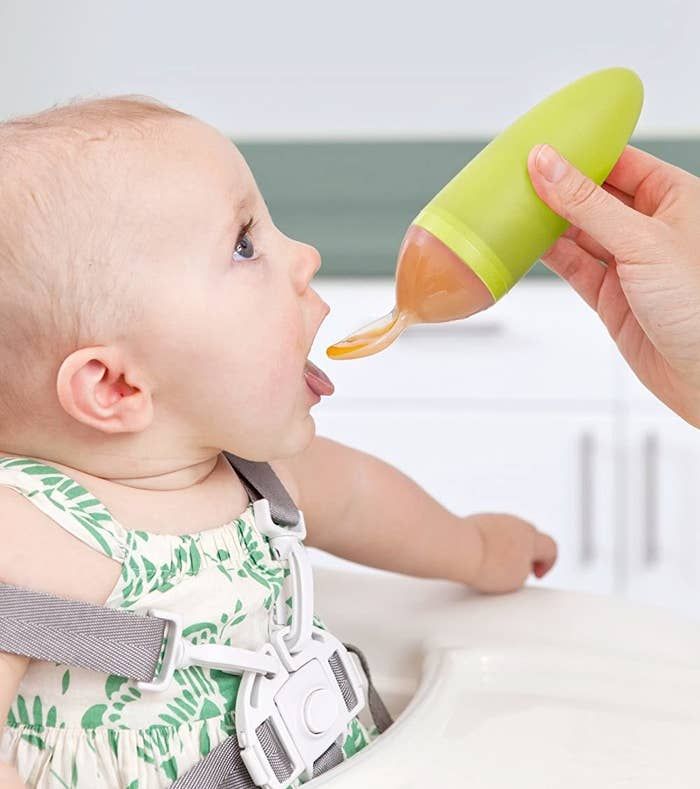
6 months is the recommended age for starting solid foods. Although a small number of babies may benefit from solids prior to this age, it's generally not recommended to start a baby on solid foods before the age of 4 months. An early start on solids has the potential to cause bottle feeding problems because solid foods may decrease the baby's appetite for milk (breast milk or formula).
WHAT TO DO- If your baby is less than 6 months old, either cease or reduce the amount of solids you offer to see if this helps to improve the situation.
- See our article on starting solids.
If solids are offered prior to bottle feeds, either directly before or mid way between feeds, when it's time for your baby's bottle feed she might be feeling full from the solids, in which case she's probably not going to take much milk from her bottle.
- For babies 4 - 9 months (when milk is still the most important food) offer solids 15 - 20 minutes after bottle feeds.
- For babies 9 - 12 months (when solids are becoming increasingly more important to a baby's diet) offer solids shortly before or shortly after her bottle, whichever you find works best. Babies at this age are often down to 3 bottles per day plus 3 main meals and 1 or 2 snacks.
In these early stages of learning to eat solids (4 - 7 months) solids are not needed to add value to a baby's nutritional intake, rather they are offered primarily to provide learning experiences. The baby is exposed to new food proteins that help prime her immune system. She gets to discover new tastes and textures and become accustomed to eating from a spoon. It is at this age that babies are most willing to accept new tastes.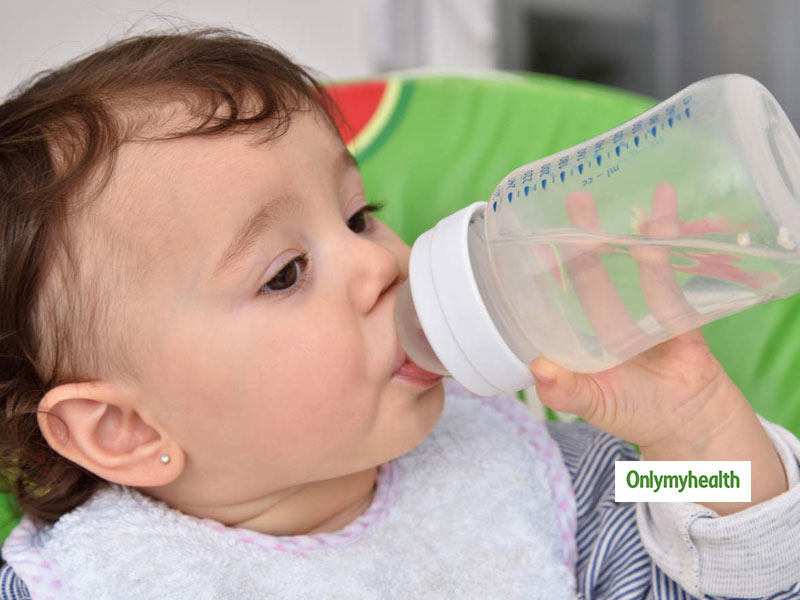 So variety rather than quantity is what solids are about.
So variety rather than quantity is what solids are about.
Many babies, particularly very young babies, experience difficulty self-regulating their dietary intake. Some babies will continue to eat solid foods for as long their parents keep offering. Some babies will prefer eating solids compared to drinking formula. However, too much solids and not enough milk is not a balance diet for a baby. It may be necessary for parents to limit the amount of solids they offer in order to encourage their baby to have a greater appetite for milk feeds.
WHAT TO DOSee our article on estimating how much milk your baby needs to make sure she's getting enough.
14. Weaning difficultiesDoes your breastfed baby refuse bottle-feeds?Does your baby have a breast preference?While some breastfed babies willing accept milk from a bottle many will not, at least not straight away.
Difficulty weaning from breast to bottle is rarely resolved by finding the 'right' feeding nipple. (All feeding nipples will feel equally foreign to a breastfed baby.) Nor does a solution lie in finding a formula with the 'right' taste. All formula will taste strange to a breastfed baby). The difficulty associated with weaning to a bottle most often lies in the fact that bottle-feeding requires a very different sucking action to breastfeeding. While breastfeeding the movement of your baby's tongue milks the breast, where as bottle-feeding requires a sucking action. A baby who has been exclusively breastfed beyond the age of 3 months will often refuse milk from a bottle because it "doesn't feel right" and she doesn't know how to suck from a bottle.
It takes time and practice before a breastfed baby learns how to suck on a bottle.
WHAT TO DO- Try offering expressed breast milk in a bottle initially. (Don't be too optimistic and put too much in to start with.
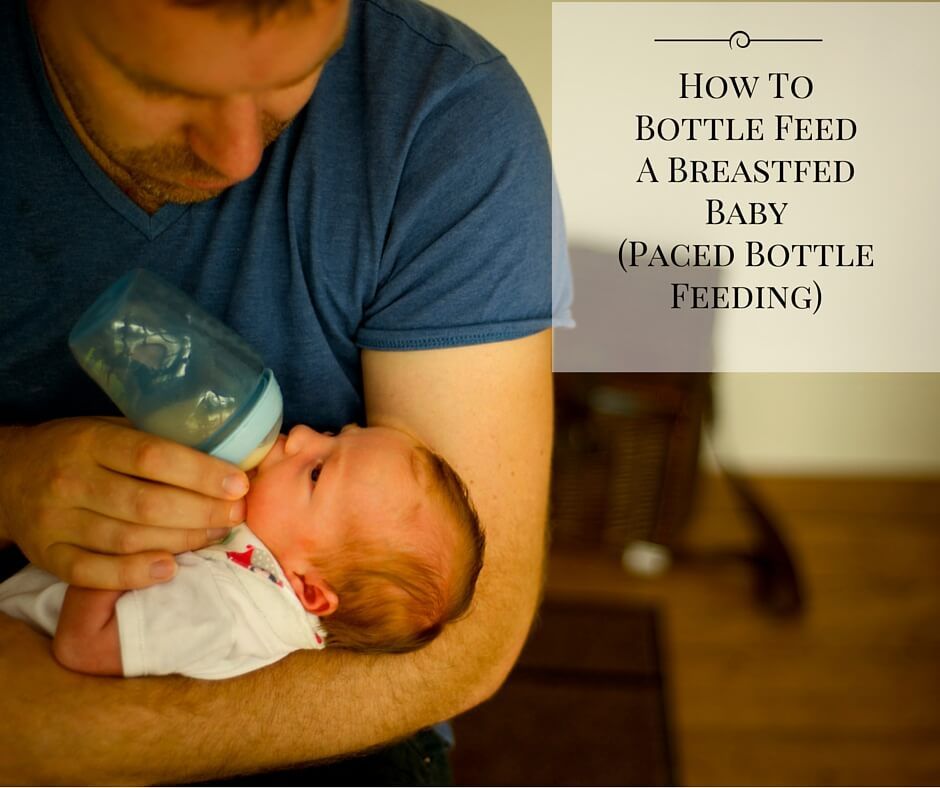 It would be a shame to waste it).
It would be a shame to waste it). - A soft flexible nipple often works better.
NOTE: Many breast fed babies will refuse to accept a bottle while they are still being breastfed at times. They will simply wait until a breastfeed is offered. For these babies it will be the case of breastfeeding or bottle-feeding, but not both.
How we can help your baby take a bottle- Your Baby's Bottle-feeding Aversion book
- Baby Care Advice consultation
- Rowena Bennett's Online Bottle-Feeding Aversion Program
In my book, ‘Your baby’s Bottle-feeding Aversion’, I have described physical and behavioral reasons for babies to develop an aversion to bottle-feeding. How to identify the cause and the solutions to match. Included are step-by-step instructions on how to regain your baby’s trust and resolve a feeding aversion caused or reinforced by repeated pressure to feed.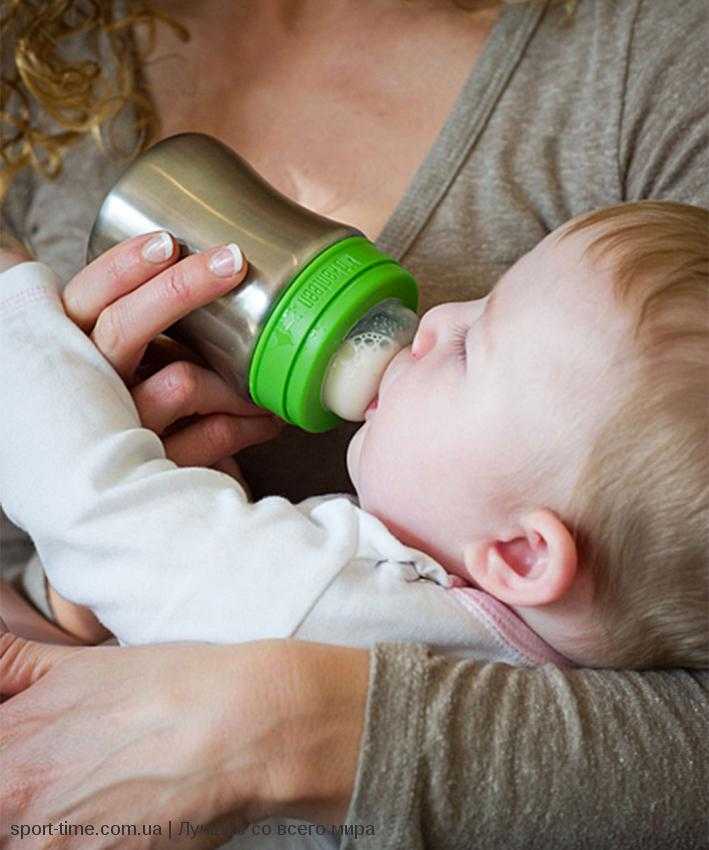
While the book was written for bottle-fed babies, many nursing mothers have found that applying the same strategies has also helped them to successfully resolve a breastfeeding aversion.
You might find that reading this book is all you need to do to understand the steps you need to take to resolve your baby’s feeding aversion and get him back to the point of enjoying eating until satisfied.
Baby Care Advice ConsultationsIf you would like an individualized assessment of all reasons for infant feeding problems, not just feeding aversion, we also provide a consultation service. Baby Care Advice consultants have extensive experience in pinpointing the cause of feeding aversion and other behavioral feeding problems such as those related to equipment and the parent’s feeding practices. (For more on what’s included in a consultation).
By Rowena Bennett, RN, RM, CHN, MHN, IBCLC.
Copyright www.babycareadvice.com 2021. All rights reserved. Permission from the author must be obtained to reproduce all or any part of this article.
Permission from the author must be obtained to reproduce all or any part of this article.
Six time-saving modules to help your family enjoy feeding again with Rowena's step-by-step plan. Enjoy additional tools to manage anxiety, troubleshoot any issues, introduce new carers, how to manage illness/teething and much more.
- Module 1: Understanding feeding aversions
- Module 2: Identify the cause
- Module 3: Prepare for success
- Module 4: How to resolve your baby's bottle-feeding aversion
- Module 5: What to expect
- Module 6: Troubleshooting
- BONUS: Guided meditations
why the baby cries while feeding
While the baby is quite a baby, crying is the only way of his communication with his mother and the outside world.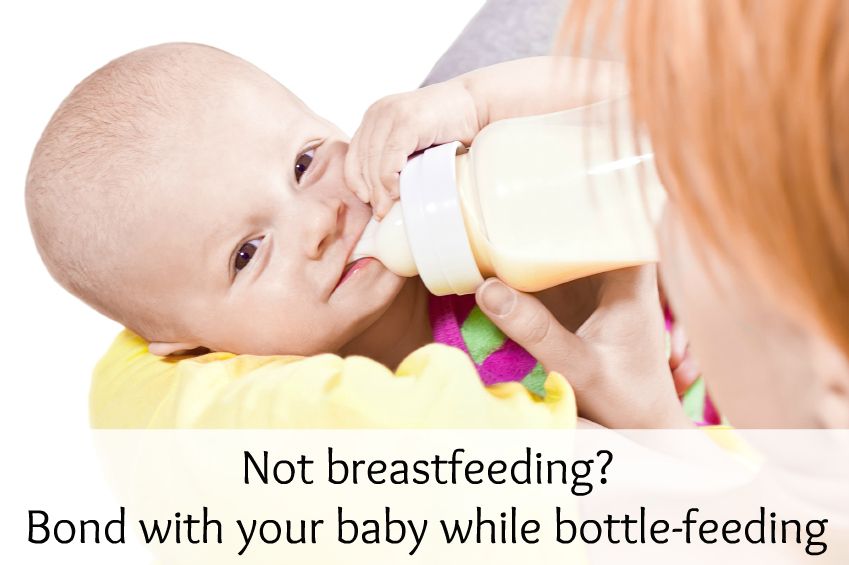 If the baby is restless during feeding, he will let you know that he is uncomfortable. We will analyze what can cause baby crying in such a situation.
If the baby is restless during feeding, he will let you know that he is uncomfortable. We will analyze what can cause baby crying in such a situation.
Dry milk drink "Baby milk" Valio Baby 3 NutriValio for feeding children over 12 months Read more
As a rule, the causes of a baby’s tears at the breast or bottle with a mixture are physiological, and there may be several of them.
Abdominal pain
Most likely, the child is worried about colic (they can start from 2-4 weeks of age and usually end by 3 months). Unpleasant sensations are associated with the fact that the infant has an insufficiently developed intestinal microflora and it is difficult for the digestive system to cope with the task assigned to it. Children's crying during colic is accompanied by arching the back and pulling the legs to the stomach - the pain from the formation of gases in the intestines is always acute.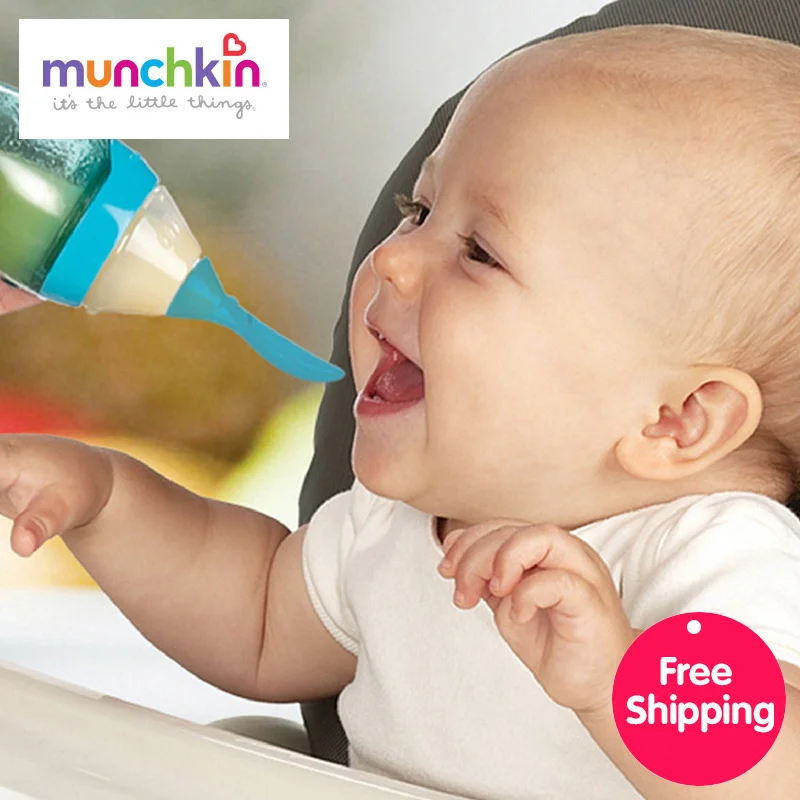 To alleviate the condition of the crumbs, it is useful for a nursing mother to drink teas with fennel, cumin or anise. If your baby is formula-fed, choose formula carefully. Valio Baby baby food is as close as possible to the composition of breast milk and contains the GOS prebiotic, which is necessary for the health of the child's digestive system. The cause of colic is also the wrong feeding technique and, as a result, the capture of excess air by the baby.
To alleviate the condition of the crumbs, it is useful for a nursing mother to drink teas with fennel, cumin or anise. If your baby is formula-fed, choose formula carefully. Valio Baby baby food is as close as possible to the composition of breast milk and contains the GOS prebiotic, which is necessary for the health of the child's digestive system. The cause of colic is also the wrong feeding technique and, as a result, the capture of excess air by the baby.
#PROMO_BLOCK#
Earache
Children under one year old often suffer from otitis media, this is due to the anatomical features of the structure of the nasopharynx in babies in the first months of life. A baby may cry during feeding because swallowing causes a sharp pain in his ears. Very carefully touch the tragus of the baby's auricles - if he cries, then you need to see a doctor.
Headache
It is no secret that many neurological disorders are accompanied by headaches.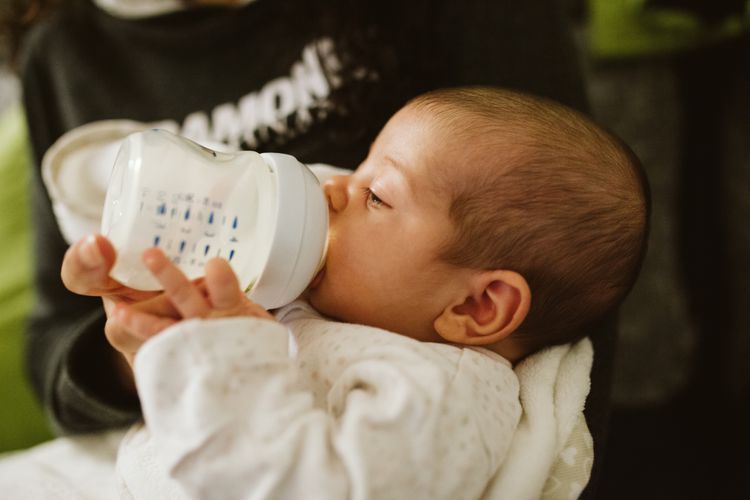 It becomes especially strong when swallowing. If the baby is constantly crying during feeding, be sure to make an appointment with a pediatric neurologist.
It becomes especially strong when swallowing. If the baby is constantly crying during feeding, be sure to make an appointment with a pediatric neurologist.
Inflammation of the oral mucosa
Crying during feeding may signal that the baby is experiencing discomfort in the mouth or throat. Its cause is most often thrush or pharyngitis. These diseases require treatment under the supervision of a pediatrician.
Lack or excess of breast milk
The lactation of a nursing woman is affected by a considerable number of factors - the psychological state, fatigue, stress, malnutrition and its lack, improper organization of breastfeeding. The baby may cry because he does not have enough milk. Whether the food shortage is really critical is easy to check using the wet diaper method. By the way, the crying of a baby may also indicate that there is too much milk - the stream is too strong and the baby simply chokes.
Unusual taste of breast milk
If a mother ate, for example, something spicy on the eve of feeding, this will certainly affect the taste of milk.![]() The baby, of course, will cry. This cause of children's "grief" is the most easily eliminated - be attentive to your menu and do not upset your beloved baby.
The baby, of course, will cry. This cause of children's "grief" is the most easily eliminated - be attentive to your menu and do not upset your beloved baby.
In addition to the reasons described, the reason for children's tears during feeding can be erupting teeth and inflammation of the gums, as well as nasal congestion with allergies and SARS. Be attentive to your baby. If all is well, the baby should not cry while feeding.
3.4 35
Power supplyShare:
Oksana Ivargizova
Medical Institute. Pavlova, specialization - pediatrics
Author: Reetta Tikanmäki
Palm oil in baby food
Infant milk formulas are made from cow's milk.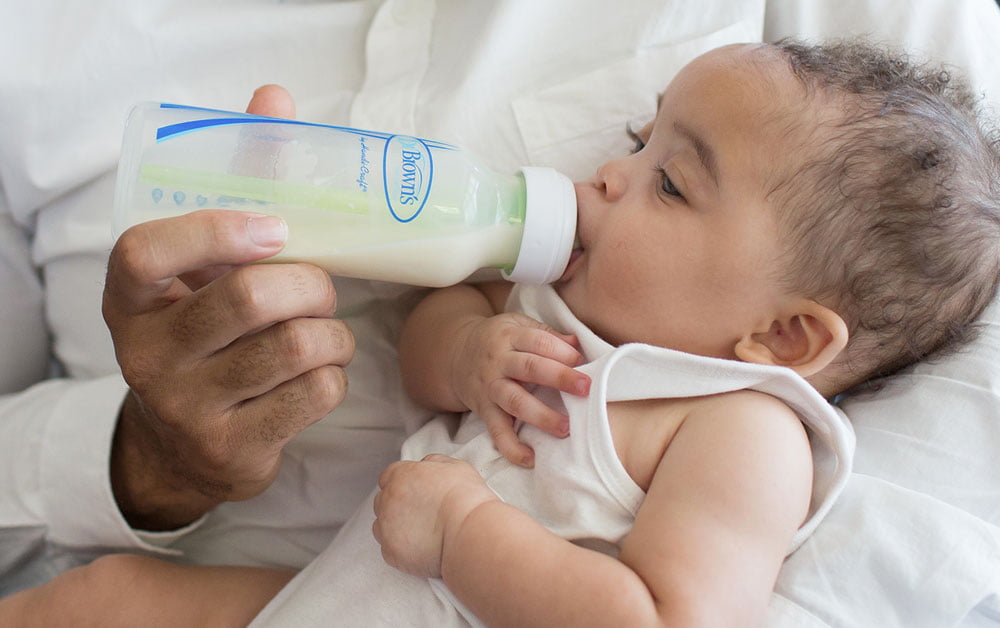 However, in terms of fat composition, it differs significantly from that of the mother.
However, in terms of fat composition, it differs significantly from that of the mother.
Read
Author: Ivargizova Oksana
How to choose milk formula for a baby
Breast milk is the best food for a newborn baby. It contains all the necessary nutritional components that fully meet the needs of the child and are necessary for his healthy and harmonious development.
Read
Show all
Baby won't take bottle | Philips Avent
search support iconSearch Keywords
Home ›› What to do when your baby refuses a bottle
any problems. If your breastfed baby refuses a bottle, don't worry. This is a common occurrence in many babies who are used to breastfeeding. Obviously, this can create certain difficulties for moms, especially if you need to return to work in the near future.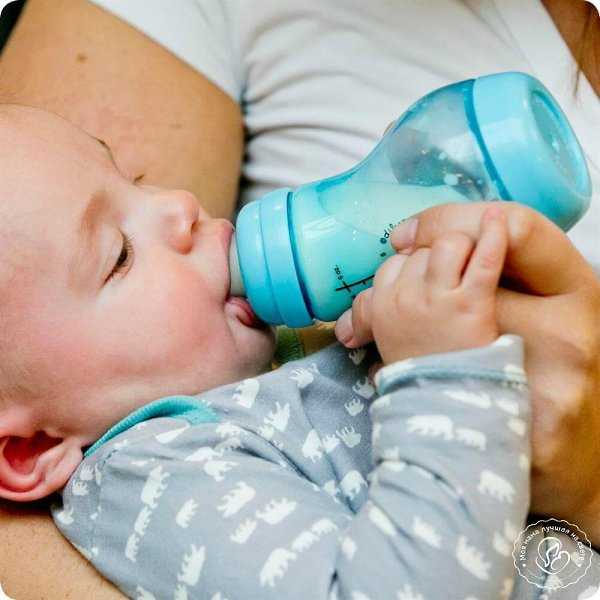
3 Philips Avent products to help you bottle feed:
So why is your baby refusing the bottle and crying? There are many ways to quickly and easily teach a breastfed baby to a bottle. Here are important tips on what to do when your baby refuses a bottle.
Is the baby refusing the bottle? Take a step back
If your baby cries while bottle feeding, the first thing to do is to start over and rethink your feeding approach and technique. Try the following steps when bottle feeding your baby: [1]
- Lift and tilt your baby's head forward. Before inserting the pacifier into the baby's mouth, make sure that the baby's head is raised and tilted over his body to avoid choking: so that the baby does not choke and have the opportunity to burp during bottle feeding.
- Insert the pacifier. Bring the pacifier to the baby's lips and gently guide it into the baby's mouth. In no case do not try to press the nipple on the baby's lips and try to push it into his mouth.
 After touching the pacifier to the baby's lips, wait for the baby to open his mouth and take the pacifier.
After touching the pacifier to the baby's lips, wait for the baby to open his mouth and take the pacifier. - Hold the bottle at an angle. Tilt the bottle at an angle so that the nipple is only half full. So the child can eat at his own pace.
- Let the baby burp during and after feeding. It can be useful for a child to burp not only after feeding, but also approximately in the middle of the process. This will help reduce gas or tummy discomfort that your baby may experience from swallowing too much air.
- Stop in time, do not overfeed the baby. If the baby begins to turn his head away from the bottle or closes his mouth, then he is full and you need to stop feeding.
- Perhaps the flow of milk from the nipple to the baby is weak or, on the contrary, too fast, so he is naughty and refuses the bottle. Try changing the nipple to a nipple with a different flow.
Other tips if your baby refuses a bottle
If you've followed the steps above and your baby still refuses a bottle, don't worry.![]() There are other ways to help bottle feed your baby. Here are some simple tricks you can add to your bottle feeding process. [2]
There are other ways to help bottle feed your baby. Here are some simple tricks you can add to your bottle feeding process. [2]
1. Remind your child about mom.
Sometimes a child can be fed by someone other than his mother - dad, grandmother or, for example, a nanny. If your baby fusses while bottle feeding, try wrapping the bottle in something that smells like mommy, like a piece of clothing or some fabric. This will make it easier to feed the baby when the mother is not around.
2. Try to maintain body contact while bottle feeding.
Some babies need contact with their mother, so try bottle feeding while leaning against you. However, some babies are better at bottle feeding when they are in the exact opposite position than when they are breastfed. For example, there is a position with bent legs. Lay the child on your bent knees, facing you, pointing the child's legs towards your stomach.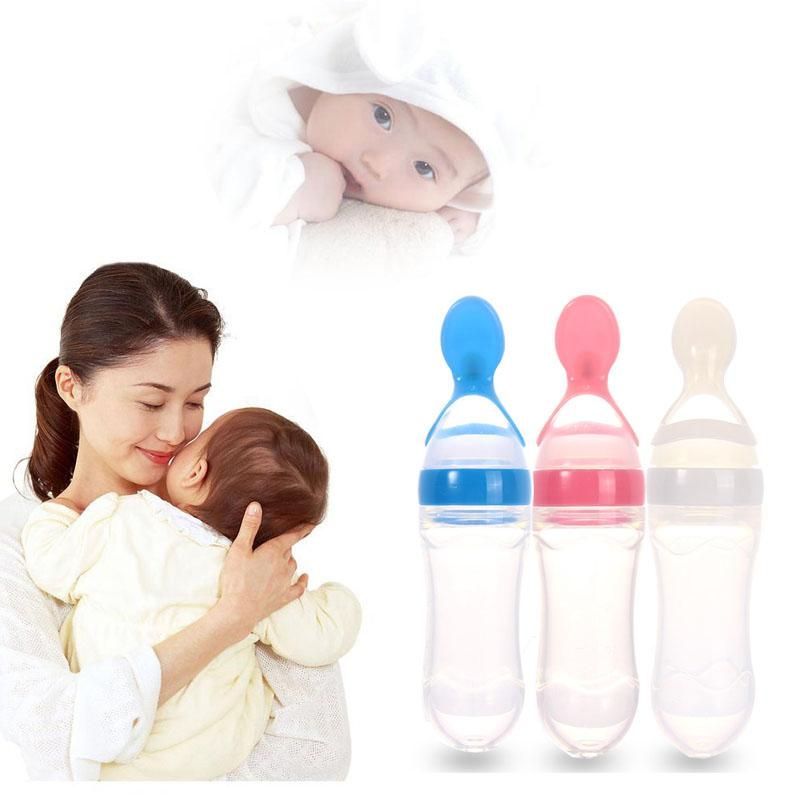 During feeding, the baby will be able to look at you and contact you in this way. If your baby refuses a bottle, experiment to see which works best.
During feeding, the baby will be able to look at you and contact you in this way. If your baby refuses a bottle, experiment to see which works best.
3. Move while feeding.
Sometimes all it takes is a little wiggle or a walk to get your baby to take the bottle. The next time your baby starts crying while bottle feeding, try moving around a little rhythmically to calm him down.
4. Try changing the milk temperature.
If the baby still does not want to take the bottle, check if the milk in the bottle is too hot or too cold. Before feeding, put some warm breast milk on the inside of your wrist to check the temperature. Milk should be warm, but if it seemed hot to you, just place the bottle for a short while under a stream of cold water.
Choosing the right bottle for your baby If you plan to combine bottle feeding with breastfeeding, it is advisable to choose bottles with a nipple that will have a wide base as the bottle will grip closer to the breast.
 Also pay attention to the fact that the nipple is firm and flexible, the child must make an effort to drink from the bottle, as well as from the breast. Give preference to nipples with an anti-colic valve that vents air out of the bottle.
Also pay attention to the fact that the nipple is firm and flexible, the child must make an effort to drink from the bottle, as well as from the breast. Give preference to nipples with an anti-colic valve that vents air out of the bottle. Natural bottle allows you to combine breast and bottle feeding. 83.3% of babies switch from a Natural bottle to breastfeeding and back.*
If you choose a bottle for artificial feeding, traditional bottles are fine for you, but it is desirable that the nipple is made of a hypoallergenic material, such as silicone, has an anti-colic valve and did not stick together when bottle fed. In case your baby spit up often, then use special bottles with anti-colic and anti-reflux valve, which reduces the risk of spitting up and colic.
Bottle with unique AirFree valve reduces the risk of colic, gas and spitting up. With this bottle, you can feed your baby in an upright or semi-upright position to reduce spitting up. Due to the fact that the nipple is filled with milk and not air during feeding, the baby does not swallow air, which means that feeding will be more comfortable.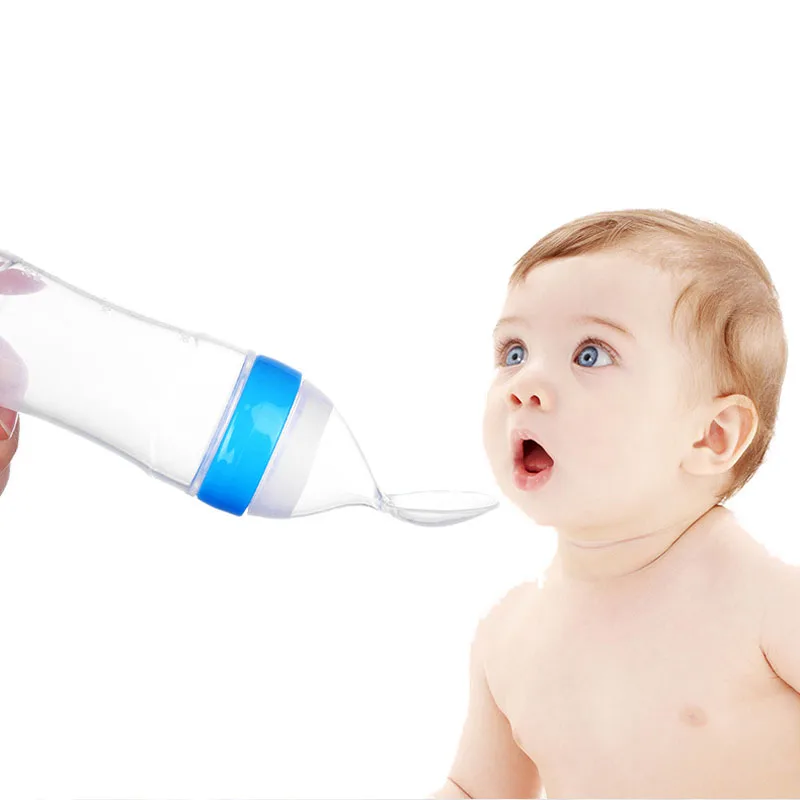
Both bottles are indispensable if you want to breastfeed, bottle feed or just bottle feed your baby.
“My baby refuses to breastfeed but bottle feeds – help!”
Sometimes a baby gets used to bottle feeding and refuses to breastfeed. Therefore, it is important to use bottles that are suitable for combining breastfeeding with bottle feeding. If, nevertheless, you are faced with the fact that the child refuses to take the breast, try using silicone nipple covers to make the transition from the bottle to the breast and back more imperceptible.
Remember that if you want to combine breastfeeding and bottle feeding, it is worth waiting at least a month before offering a bottle, so that you are lactating and have time to get used to each other and develop a breastfeeding regimen.
Breastfeed and bottle feed your baby with pleasure
Remember that it takes a while for your baby to get used to bottle feeding.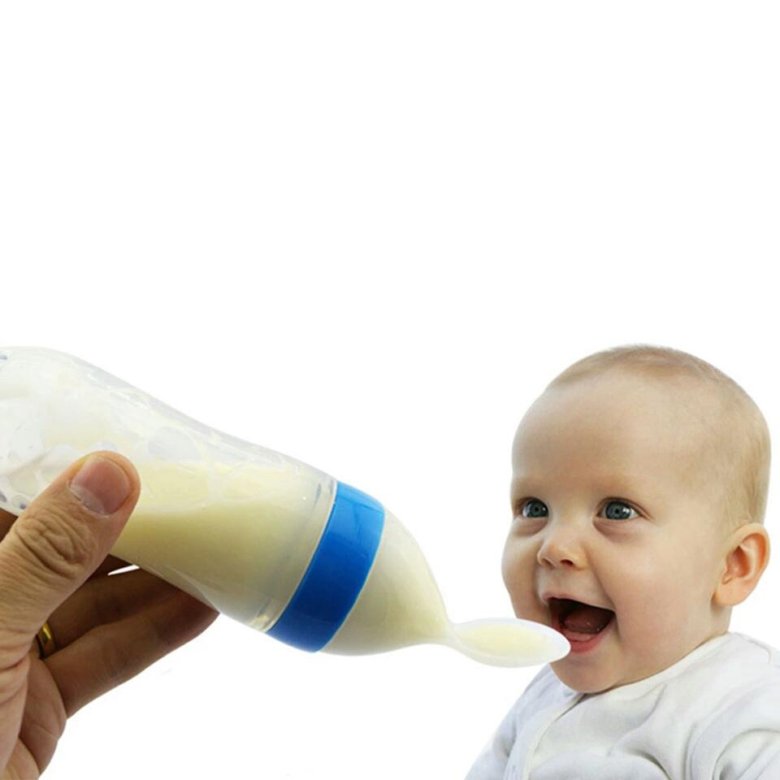 This is completely normal. If you have to go to work, be sure to set aside enough time to bottle train your baby beforehand.
This is completely normal. If you have to go to work, be sure to set aside enough time to bottle train your baby beforehand.
Remember that every child is different, so what works for one may not work for another. With a little time and patience, you will find out what works best for your baby when he refuses a bottle.
You will identify your child's unique needs. However, if your baby still refuses the bottle after all the steps above, check with your pediatrician.
Articles and tips from Philips Avent
References:
*O.L. Lukoyanova, T.E. Borovik, I.A. Belyaeva, G.V. Yatsyk; NTsZD RAMS; 1st Moscow State Medical University THEM. Sechenova, "The use of modern technological methods to maintain successful breastfeeding", RF, 02.10.2012 3 llli.org - The Baby Who Doesn't Nurse
llli.org - Introducing a Bottle to a Breastfed Baby
Baby+ app
Download the app and track your child's development and growth with trackers and save those special moments forever.